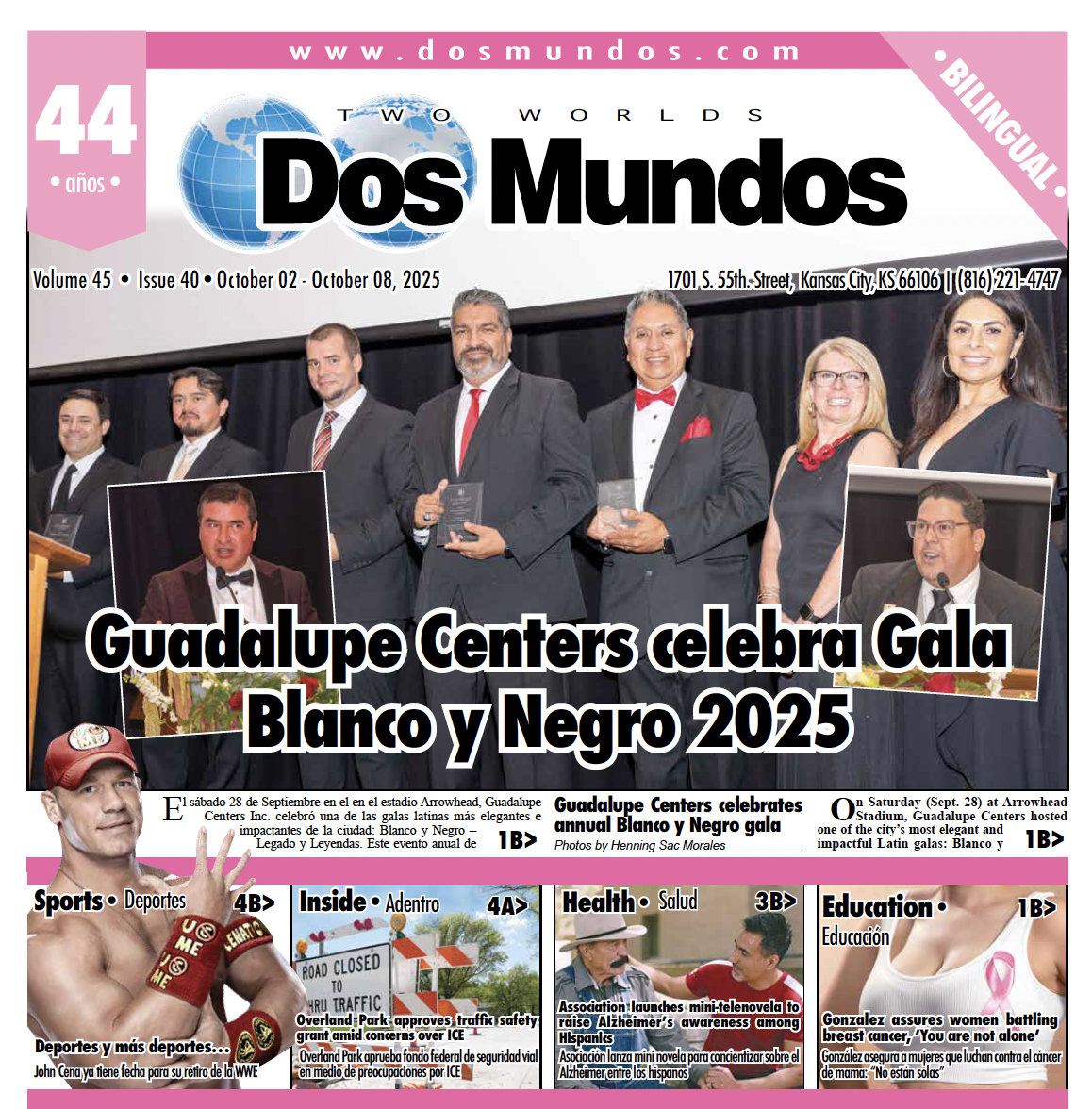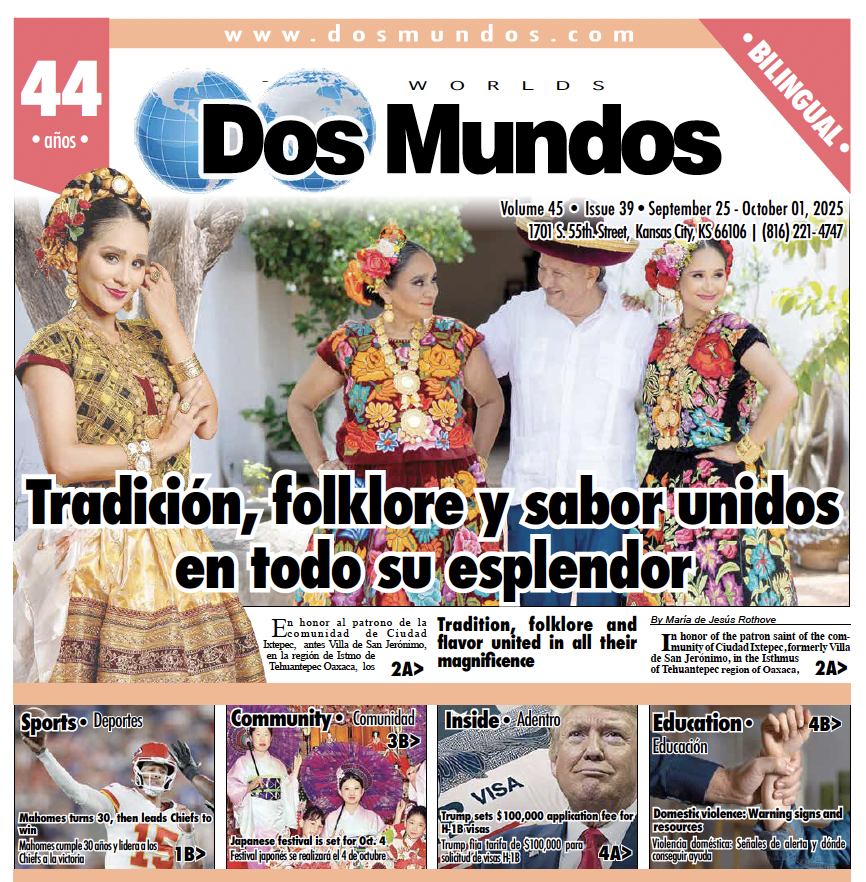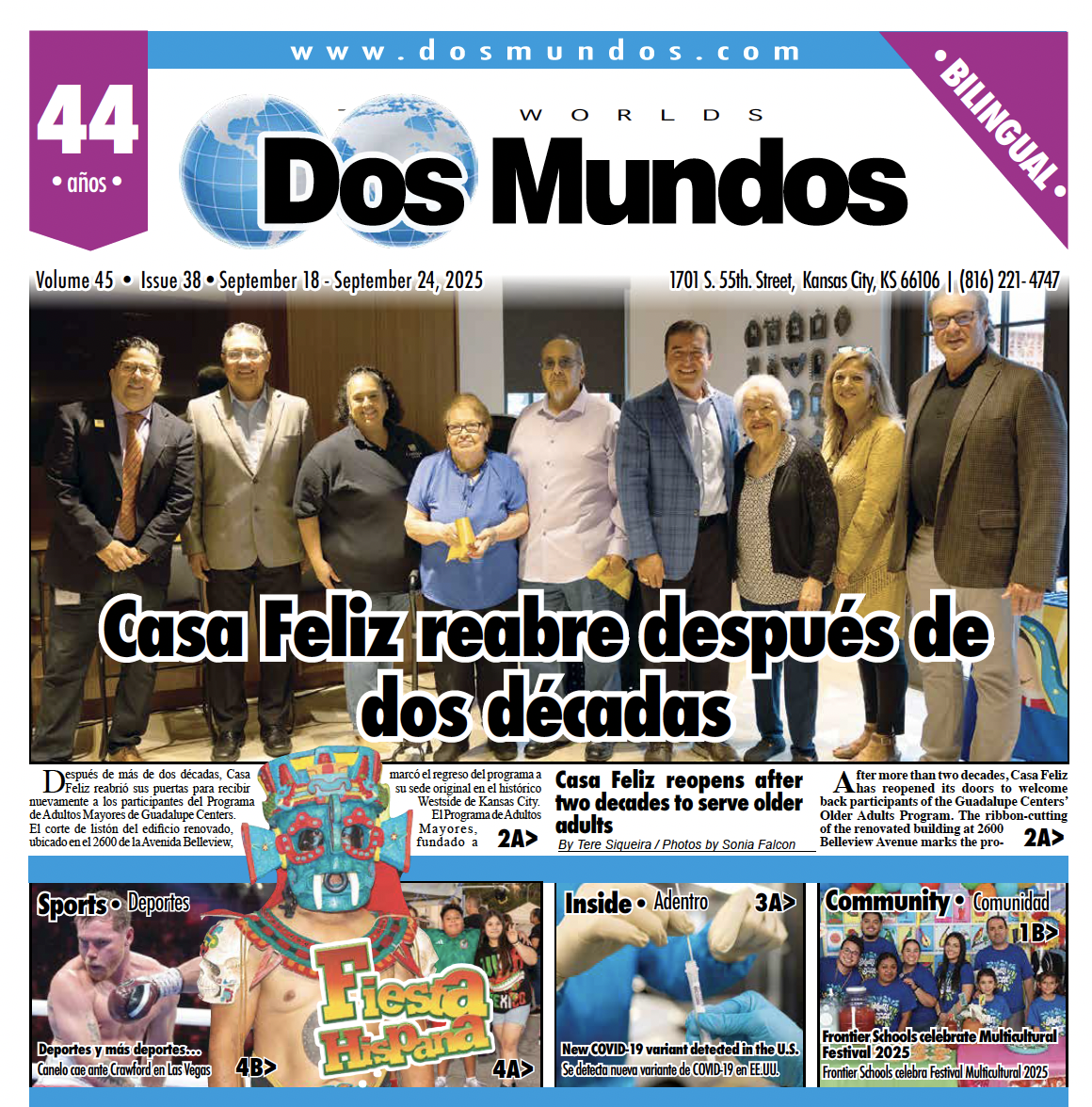Con tantos ataques a los inmigrantes en Estados Unidos durante la actual campaña por la presidencia, lo menos que quieren oír muchos estadounidenses es que su país va a cambiar aún más. Pero esa es la noticia. Agárrense.
Sí, Estados Unidos va en camino de convertirse en uno de los países más diversos y multiculturales del mundo. Y eso ha ocurrido debido a la entrada de muchísimos inmigrantes.
Aquí están las cifras: En los últimos 50 años ha aumentado a 45 millones el número de extranjeros viviendo en Estados Unidos, y en los próximos 50 años esa cifra aumentará a 78 millones, según un visionario estudio del Pew Research Center. Es decir, el porcentaje de inmigrantes viviendo en Estados Unidos pasará del 15% actual a casi un 18% del total de la población.
Lo que esto significa es que en este país habrá caras nuevas, acentos distintos, muchas combinaciones de culturas, y comida, música y arte de todo el orbe. Estados Unidos — la principal potencia económica y militar — está a punto de convertirse en una especie de resumen planetario. Si en medio siglo llegaran extraterrestres y quisieran un tour muy rápido de cómo es el mundo, bastaría una visita a Los Ángeles, Miami y Nueva York.
El gran cambio vendrá aproximadamente en el año 2055.
En ese año, más o menos, los blancos (no hispanos) dejarán de ser mayoría en Estados Unidos. Todos — blancos, afroamericanos, hispanos y asiáticos — seremos minoría.
Otro gran cambio que vendrá en el 2055 es que en Estados Unidos habrá más inmigrantes de países asiáticos — China, India, Filipinas, Corea y Vietnam, entre otros — que de naciones de América Latina. De hecho, ese cambio ya lo estamos viendo hoy. En el 2013 entraron más inmigrantes de China (147,000) y de la India (129,000) que de México (125,000), según el diario The Wall Street Journal.
La ola latina está dando paso a la ola asiática.
Eso va a implicar enormes dosis de tolerancia y negociación. De la misma forma en que hoy Donald Trump está atacando a los inmigrantes latinoamericanos, no me extrañaría que en el 2055 surgiera un candidato presidencial que se pusiera a atacar a los inmigrantes asiáticos para ganar votos.
Desde luego no se podría construir una muralla con China — como propone Trump con México — pero podrían resurgir terribles ejemplos de la historia. No podemos olvidar que en 1882 Estados Unidos creó una ley para evitar la entrada de inmigrantes chinos a California y el oeste del país.
Los científicos sociales de Pew nos han permitido ver el futuro. Su trabajo ha sido extraordinario. Lo que nos están diciendo es que el crecimiento poblacional de Estados Unidos dependerá cada vez más de los inmigrantes. Esto es un duro golpe para quienes quieren limitar el número de extranjeros en este país.
La realidad es que en los próximos 50 años van a entrar a Estados Unidos un millón y medio de personas, en promedio, cada año. Por eso es urgente que tengamos un nuevo sistema migratorio que pueda procesar legalmente a los inmigrantes que ya están aquí y los millones que están por llegar.
Estados Unidos es un imán para inmigrantes y eso no va a cambiar. Es absolutamente absurdo pensar en deportaciones masivas — Trump quiere deportar a 11 millones en dos años — cuando el país requiere de manos y mentes inmigrantes para seguir creciendo económicamente. Las ideas de Trump van en contra del rumbo de la historia.
El 2055 promete ser un año de grandes cambios. Acabo de hacer la cuenta y, si me va muy bien, tendría 97 años de edad. Así que lo más probable es que no me va a tocar verlo ni a mí ni — que pena — a muchos de ustedes.
No hay excusas. Ya nos lo advirtieron. Estados Unidos es un país de inmigrantes y millones más están a punto de llegar. La ola asiática está comenzando.
De lo que se trata es de estar preparados para darles la bienvenida.
(Jorge Ramos, periodista ganador del Emmy, es el principal director de noticias de Univision Network. Ramos, nacido en Mexico, es autor de nueve libros de grandes ventas, el más reciente de los cuales es “A Country for All: An Immigrant Manifesto.”)
2055 and the Asian Wave
By Jorge Ramos
It’s not hard to understand why Republican presidential candidates have recently attacked immigrants. Some Americans feel a sense of unease because the country is changing, which has fostered fear and distrust of foreigners. This is nothing new.
However, the fact is that the country will continue to change. As Americans, we need to accept this reality, and begin to embrace the advantages that immigrants bring with them.
The United States is on its way to becoming one of the most diverse and multicultural countries in the world. About 45 million foreigners live in the U.S. — currently about 15% of the population — and that number is expected to increase to 78 million in the next 50 years, according to a visionary study released by the Pew Research Center.
In the coming decades, many more combinations of culture, food, music and art from all over the world will be represented in the U.S. If extraterrestrials arrive on Earth in the next 50 years and want a quick tour of our world, a visit to Los Angeles, Miami or New York will suffice.
The largest demographic shift is expected to occur around 2055, when non-Hispanic white residents will cease to be the majority population in the United States. The big news is that the U.S. will be home to more Asian immigrants — from China, India, the Philippines, Korea and Vietnam, among other nations — than immigrants from Latin American countries, according to Pew. In fact, we are already witnessing part of this shift. In 2013, more immigrants arrived in the U.S. from China (147,000) and India (129,000) than from Mexico (125,000), according to a recent report in The Wall Street Journal.
It would seem that the so-called “Latino wave” is already starting to give way to the Asian wave. And I imagine the political issues that Latinos are facing today — like conservatives’ intolerance of undocumented immigrants — will likely be the same issues that Asians will face in 2055. Just as Republican presidential candidate Donald Trump has railed against undocumented immigrants from Latin America in order to gain votes today, it wouldn’t surprise me if a candidate does the same thing to Asian immigrants in 40 years. After all, fear of Asian immigrants is nothing new. Let’s not forget that Congress passed a law in 1882 in order to keep Chinese immigrants from entering the U.S. from the Pacific Coast.
Pew’s social scientists are helping us see into the future. One of the conclusions from their research is that America’s demographic growth will increasingly depend on immigrants. An average of 1.5 million immigrants is expected to arrive in the U.S. every year through the next several decades. This is why reform to the nation’s immigration system is urgent. We have to find a way to effectively and legally process and integrate the immigrants who are already here, and the millions who are to arrive.
The United States will continue to be an immigration magnet for the rest of the world, and nothing will change that. While a serious presidential contender like Trump is advocating the absurd idea of deporting millions of people, the fact remains that our economy requires immigrants — and their labor and innovations — to keep growing.
The U.S. is bound to see a major transformation by the year 2055. I’ll be 97 years old by then. While I intend to take care of myself, it’s likely I won’t still be around, nor will many of you reading this. But we’ve been put on notice. We have no good excuse for failing to prepare for the coming wave of immigrants.
Let’s get ready to welcome them.
(Jorge Ramos, an Emmy Award-winning journalist, is the host of Fusion’s new television news show, “America With Jorge Ramos,” and is a news anchor on the Univision Network. Originally from Mexico and now based in Florida, Ramos is the author of nine best-selling books, most recently, “A Country for All: An Immigrant Manifesto.” Email him at jorge.ramos@nytimes.com.)











